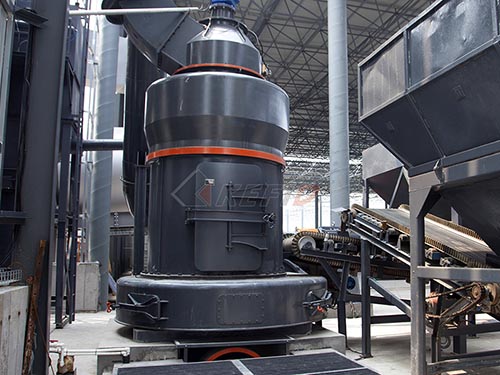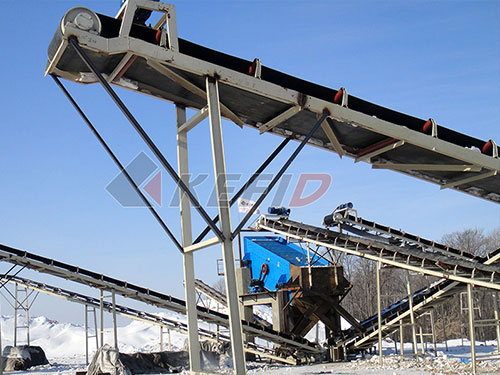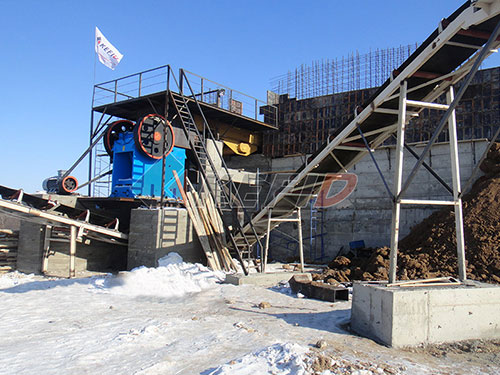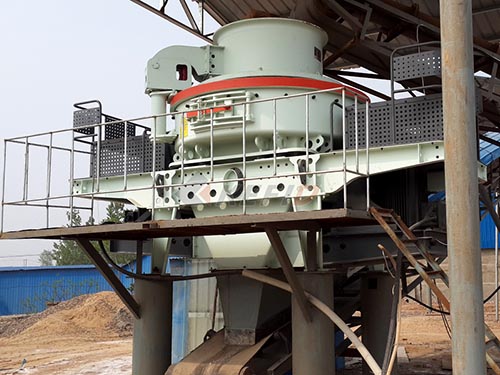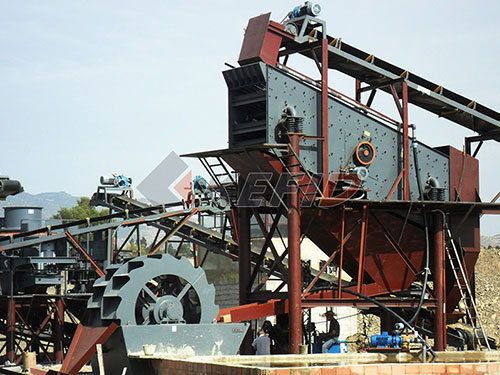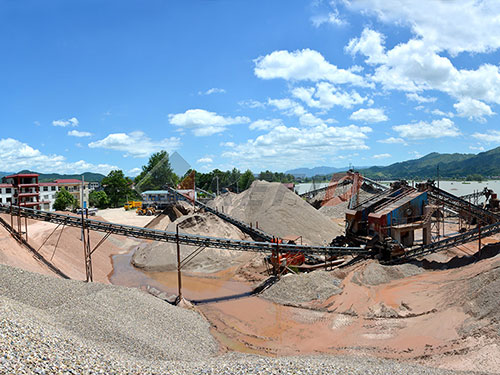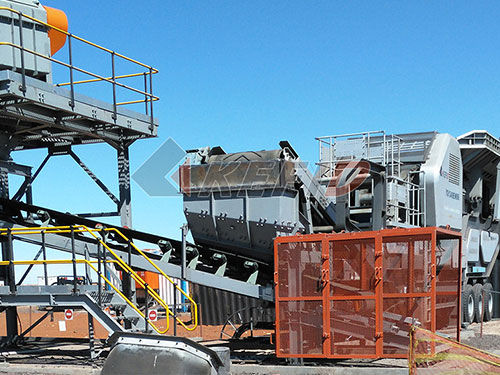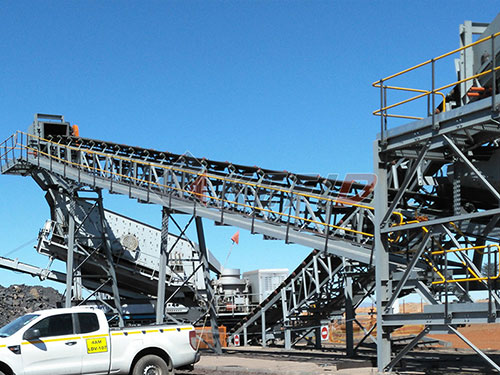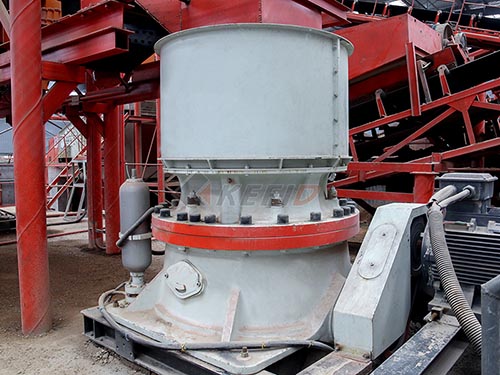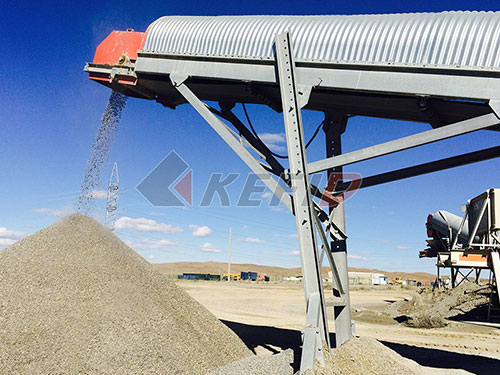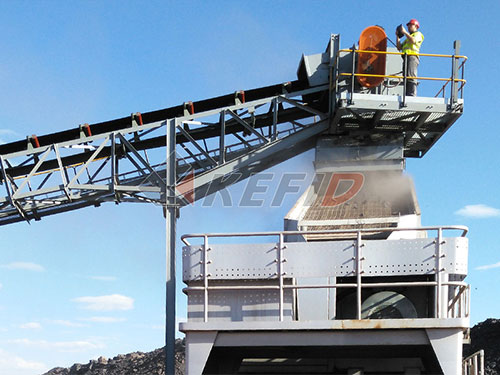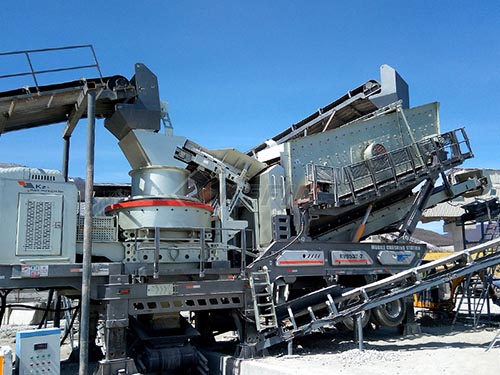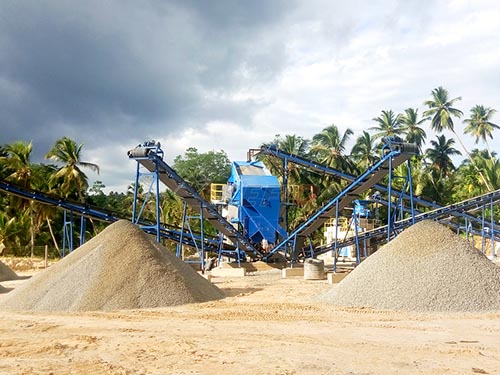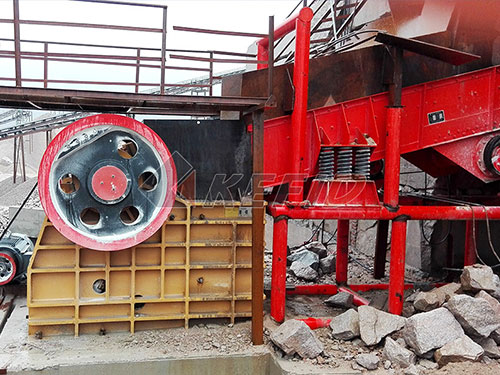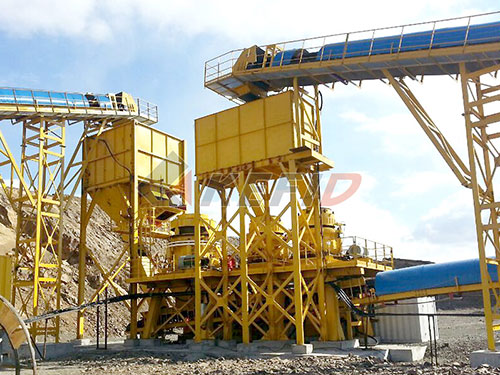The Price of Small Scale Jaw Crushers: Balancing Cost and Capability
Small scale jaw crushers represent a critical entry point for startups, artisanal miners, recycling initiatives, and small construction firms seeking affordable crushing solutions. Unlike their larger industrial counterparts designed for massive throughput, these compact machines prioritize accessibility and cost-effectiveness while delivering reliable performance for reduced material volumes. Understanding the factors influencing their price is essential for making an informed investment.
Drivers of Small Jaw Crusher Pricing:
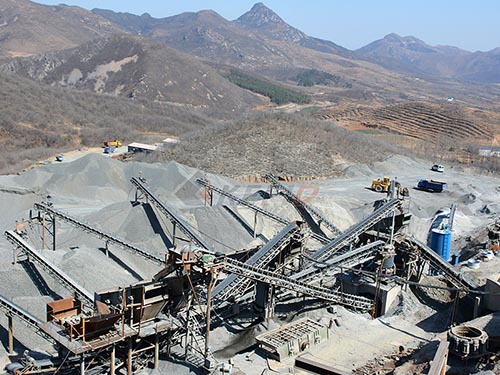
1. Capacity & Size: The most significant factor is crushing capacity (typically measured in tons per hour – TPH) and maximum feed size acceptance.
Entry-Level (1-3 TPH): Ideal for lab use or very small-scale processing (e.g., sampling). Prices often start around $1,000 – $5,000 USD.
Mid-Range (5-15 TPH): Suited for small quarries, recycling yards (concrete/bricks), or aggregate production for local projects. Prices typically range from $5,000 – $20,000 USD.
Higher-End Small Scale (15-50 TPH): Catering to more demanding small operations needing consistent output. Prices can reach $20,000 – $50,000+ USD, blurring into lower-end medium-scale territory.
2. Build Quality & Materials: Durability directly impacts longevity and operating costs.
Frame Construction: Robust welded steel frames command higher prices than lighter designs but withstand demanding conditions.
Wear Parts: Crusher jaws (liners) made from premium manganese steel alloys last significantly longer than standard steel alternatives but increase initial cost.
3. Power Source & Mobility:
Electric Motors: Generally lower operating cost and quieter but require grid access (~$1k-$5k+ depending on power).
Diesel Engines: Offer crucial mobility and independence from grid power but are louder and have higher fuel/maintenance costs (~$3k-$10k+ extra).
Trailer Mounting: Integrated trailer systems add mobility but also increase cost significantly ($5k-$15k+ premium).
4. Features & Technology:
Adjustable jaw settings via hydraulic systems vs manual wedges.
Sophisticated safety features and guarding.
Dust suppression systems.
Advanced control panels or remote monitoring capabilities.
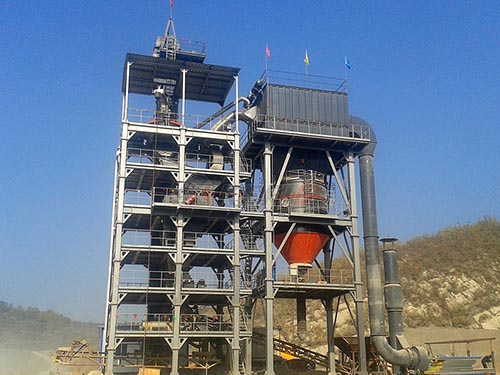
5.


